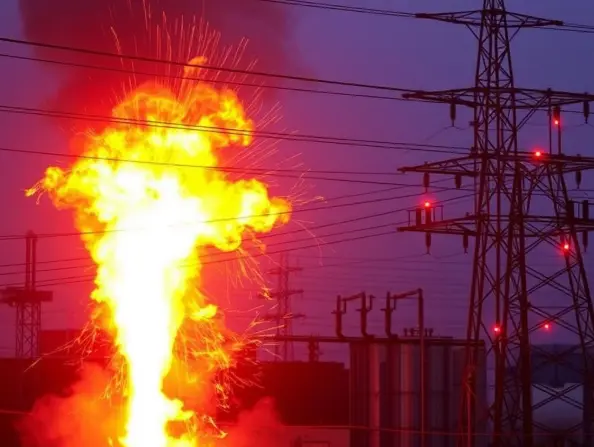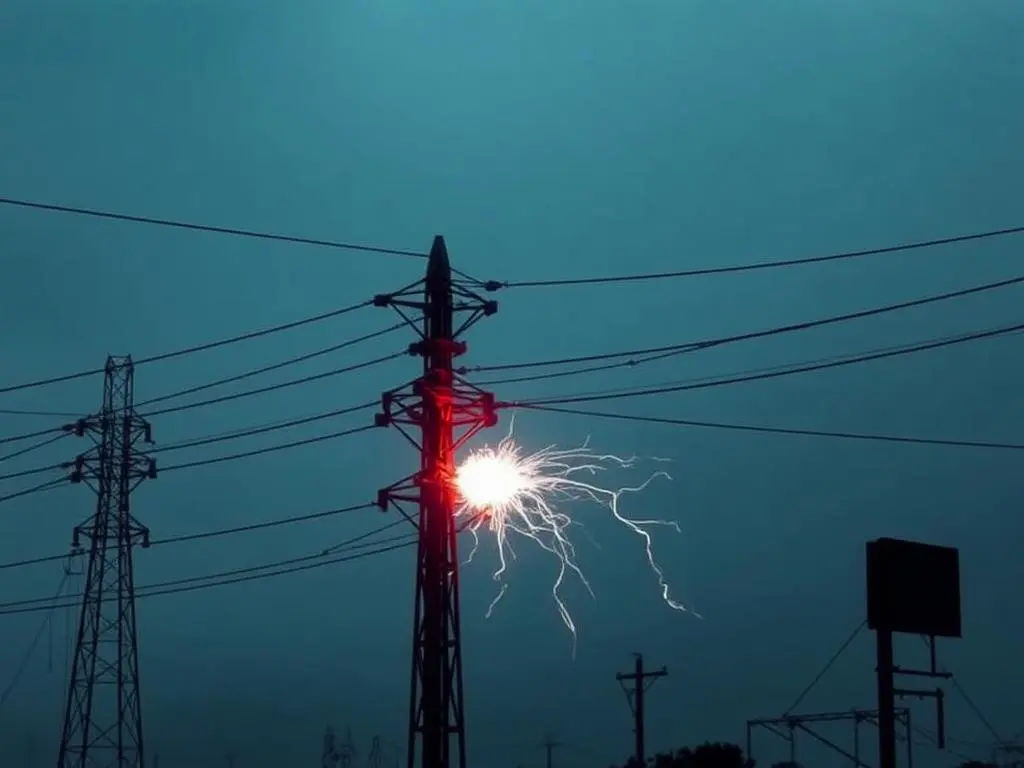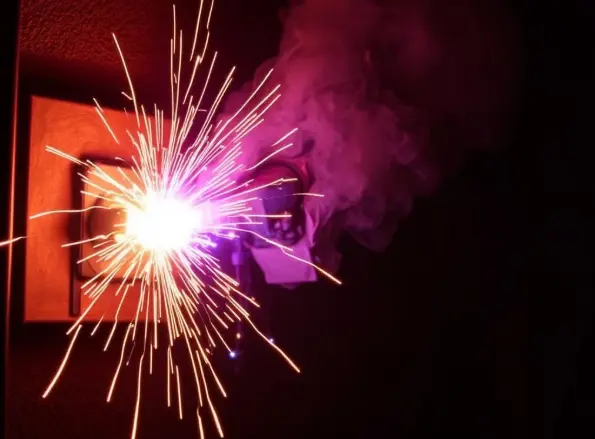
Introduction
In electric hazards, arc flashes are among the most dreadful threats. Despite their criticality, many myths surround arc flashes. Although IEEE and NFPA continuously strive to enhance awareness, five to ten arc flashes happen in the USA daily.
We, at Care Labs understand the importance of maintaining a healthy electrical infrastructure. To help companies accomplish their workplace safety goals, we offer comprehensive arc flash analysis for industries in the USA.
Let us first understand what arc flashes are and debunk the myths one after one.
What is an Arc flash?
An electric arc is formed when a current takes a nonprescribed path through the air between two conductors. When the electric arc persists, arc flashes happen, accompanied by huge amounts of heat and light.
The common characteristics of arc flashes are:
- Temperatures beyond 35,000°F, which is three times that on the surface of the sun.
- Blinding light that is 130 times brighter than sunlight.
- Pressure wave close to that from a grenade explosion.
Fact 1: Arc flash is an explosive release of energy

Yes, Arc Flash is an explosive release of electrical energy. A fault such as an insulation breakdown or human error results in current flowing through the air gap between conductors. This rapid release of energy can cause injuries or even fatalities to workers close by. Equipment gets damaged and the entire operation can get disrupted. Hence, facilities must do arc flash analysis to identify the areas of hidden risks.
Fact 2: Arc Flash happens only in High Voltage Systems

This is a myth as arc flashes can occur in high-voltage as well as low-voltage systems. Arc flashes happening in low voltage systems as low as 120V also have the potential to cause injuries. Although the low-voltage arc flashes are most underrated, they can be as severe as high-voltage ones. Arc Flash hazard assessment reveals the severity of the potential arc flashes.
Fact 3: Arc Flash hazard can be completely prevented

This is again a myth as they cannot be completely prevented. We can identify the key areas of high risks, and adopt the best possible safety measures to prevent damage to personnel and equipment. Regular arc flash analysis as outlined by OSHA, NFPA, IEEE, etc can ensure workplace safety and compliance.
Fact 4: Arc Flash Labels are optional
No, they are not. Arc Flash labels are mandatory for any electrical equipment. Arc flash labels provide details like the incident energy level, arc flash boundary, PPE requirements, etc. They are the warning stickers for electrical workers that help them to repair and do the maintenance work.
Fact 5: Arc flash PPE can save lives

Yes, PPE or Personal Protective Equipment is lifesaving clothing used by workers to protect themselves from the dangers of arc flash hazards. It constitutes arc-rated clothing, safety goggles, hearing protection, voltage-rated gloves, and so on. Primarily, there are four categories of arc flash PPE based on the severity of the hazards.
Fact 6: Arc Flash Boundaries help workers protect them from getting injured
True. An arc flash boundary is the safe distance from an energized electrical system. A clear understanding of arc flash boundaries helps prevent burns and fatalities when working on an electrical system. As recommended by the NFPA 70E, there are three boundaries to consider. These are restricted approach, limited approach, and arc flash boundaries.
Fact 7: Regular maintenance reduces the risks of arc flashes
This statement is true. Preventive maintenance reduces the risks of arc flashes. A well-maintained electrical system is less prone to hazards. Regular arc flash analysis in the USA helps companies stay compliant and avoid costly hazards that can injure personnel and equipment.
Fact 8: Arc Flash Training is only for electricians
This is a misconception. Arc flash training creates awareness, which is imperative for all workers to behave and protect themselves in case of hazards. Facility managers, maintenance staff, and other workers must be educated on the signs of electrical flaws and hazards.
Fact 9: The Biggest Cause for Arc Flashes is Human Errors
True, human errors significantly contribute to arc flash hazards. Mishandling tools, wrong maintenance procedures, and other mistakes result in arc flashes. Lack of following the LOTO procedures, touching energized components, etc can also lead to arc flash hazards.
Fact 10: The biggest misconception- An arc flash study or analysis is only needed when there are any previous incidents.
Arc flash analysis is the most underrated electrical safety protocol. It is a safety ticket to ensure that your facility and its workers are secure. Regulatory bodies like OSHA and NFPA 70E issues update guidelines periodically to enhance workplace safety. They emphasize the need for companies to conduct arc flash study every five years.
The Care Labs’ role in Arc flash Analysis in the USA
Care Labs, based in Dubai offers power system study and Analysis services in the USA. We provide premium arc flash analysis that aligns with the company’s goals and safety standards. With the most advanced software like ETAP, our arc flash analysis in the USA has it all:
- Exhaustive Arc flash reports
- Compliance with standards
- Arc Flash PPE recommendations
- Arc Flash Labeling
- Arc Flash Boundary

The Importance of Relay Coordination in Power System
Introduction Relays are protective elements that help control faults in a power system. Proper relay coordination helps isolate the fault sections from healthier sections in a power system. Being a fundamental part of ensuring reliability and operational continuity, the strategic configuration of protective relays is imperative in the design of a power system. One way […]

Which of these Facts About Arc Flashes are True?
Introduction In electric hazards, arc flashes are among the most dreadful threats. Despite their criticality, many myths surround arc flashes. Although IEEE and NFPA continuously strive to enhance awareness, five to ten arc flashes happen in the USA daily. We, at Care Labs understand the importance of maintaining a healthy electrical infrastructure. To help companies […]

